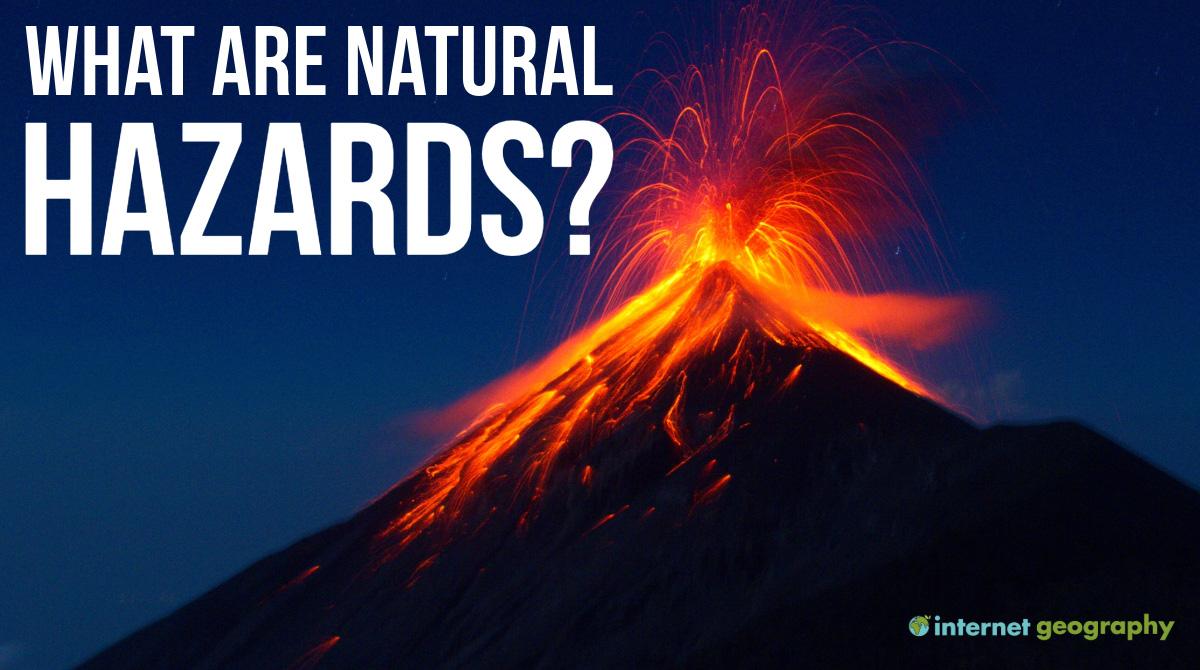What are natural hazards?
AQA GCSE Geography > The Challenge of Natural Hazards > What are natural hazards?

What are Natural Hazards?
A natural hazard is a natural event (for example, flood, volcanic eruption, earthquake, tropical storm) that threatens people or has the potential to cause damage, destruction and death.
Types of Natural Hazard
Natural hazards are most commonly classified by the physical processes that cause them.
Tectonic hazards are created through the movement of the Earth’s tectonic plates.

Tectonic hazards
Hazards to humans created in the atmosphere, such as tropical storms, droughts and tornadoes, are atmospheric hazards.
Hazards originating on or near the Earth’s surface, such as landslides, flooding and mudflows, are considered geomorphological hazards.
Hazards posed by living things, e.g. forest fires, are biological hazards.
Factors Affecting Hazard Risk
Natural events, such as volcanic eruptions or earthquakes that occur away from humans and properties, are not considered natural hazards. They are considered natural hazards when they happen close to human populations and property.
Hazard risk refers to the likelihood or probability that a natural hazard will occur.
Different factors influence the hazard risk associated with natural hazards. These are:
- Urbanisation – densely populated areas are at greater risk of natural hazards;
- Development – higher-income countries (HICs) are better equipped to cope with natural hazards than lower-income countries (LICs). This is because they have better infrastructure, emergency response systems, and monitoring and prediction capabilities for natural hazards. They also have better health care systems and more money to protect people, e.g. earthquake-proof buildings;
- Land use – Changes in land use, e.g. deforestation and urbanisation, can increase hazard risk for climatic and geomorphological hazards;
- Climate change – The magnitude and frequency of specific climatic hazards, including droughts and tropical storms, are expected to be affected by climate change.
- Geographical location – some places are more at risk of natural hazards due to their location. For example, countries surrounding the Pacific Ring of Fire are more prone to volcanic eruptions and earthquakes than those elsewhere. Additionally, as temperatures continue to rise due to climate change, more tropical storms are expected to affect countries in the tropics.
